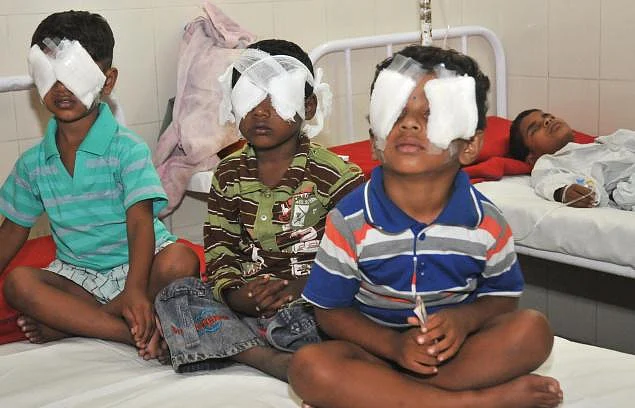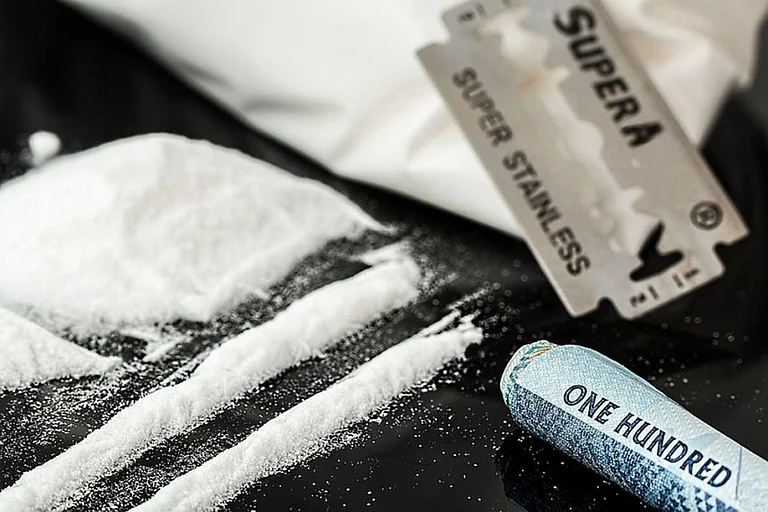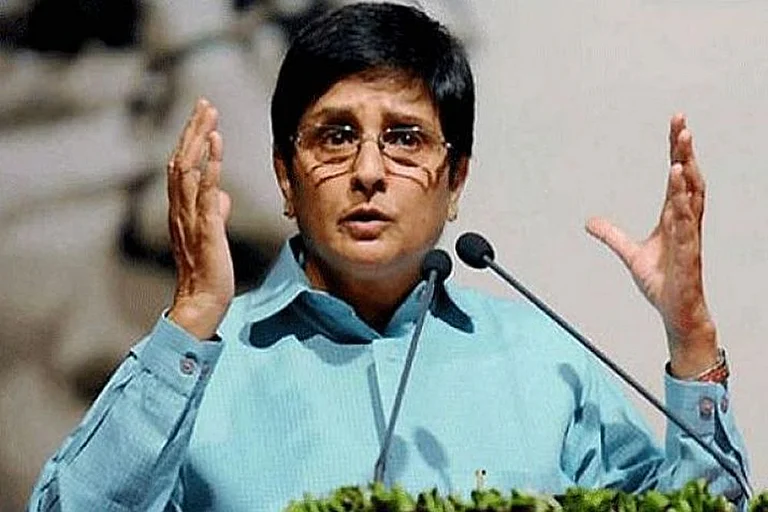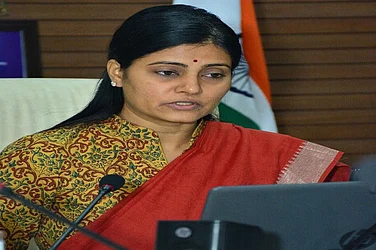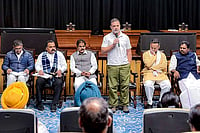Days after a nationwide body of ophthalmologists called for an immediate ban on carbide guns and other improvised explosive firecrackers, AIIMS Delhi specialists have raised the alarm over a surge in eye injuries among children this Diwali, blaming unsupervised firecrackers and the growing use of hazardous carbide guns.
During this year’s light off festival, the Dr. Rajendra Prasad Centre for Ophthalmic Sciences at AIIMS, Delhi recorded 190 cases of ocular injuries related to firecrackers and carbide guns, a 19 per cent increase from the 160 cases reported during the 10-day Diwali period in 2024.
Experts noted that 18–20 cases were directly linked to crude homemade carbide guns. These devices, typically fashioned from PVC pipes and calcium carbide, release acetylene gas which explodes upon ignition. Plastic fragments act as shrapnel, while metal hydroxide fumes exacerbate chemical and thermal damage to the eyes.
Dr. Radhika Tandon, Chief of the RP Centre for Ophthalmic Sciences, AIIMS, said, “We have witnessed alarming chemical burn-like injuries. Corneas are often studded with multiple foreign particles, the surface becomes raw, and in many cases, permanent visual loss occurs.” She added that the powerful blasts and toxic fumes can cause irreversible ocular damage.
Professor Mandeep Bajaj, Professor of Ophthalmology at AIIMS Delhi, emphasised the urgency of stringent action. “Half-hearted measures will not work. A ban on sale alone is insufficient. We need to ban production and regulate the free sale of fertilizers being misused to make these devices. Protective eye gear must be promoted, and high-intensity firecrackers should be prohibited to prevent permanent loss of vision in children,” he said.
Dr. Namrata Sharma, Professor at the RP Centre, highlighted that the proliferation of online tutorials has facilitated the manufacture of hazardous carbide guns at home. She stressed the need for school-level awareness campaigns and strict regulatory measures to curb this growing danger.
Of the 190 patients, 44 per cent were from Delhi-NCR, while the remaining 56 per cent hailed from neighbouring states, primarily Uttar Pradesh and Haryana. Seventeen per cent of patients suffered bilateral eye injuries, and 44 per cent sustained open globe injuries necessitating immediate surgical intervention. The remaining cases involved chemical burns or blunt trauma caused by sparks, debris, or toxic fumes from firecrackers.
AIIMS experts have called for a comprehensive ban on the manufacture, sale, and use of chemical firecrackers and carbide guns. They also urged strict interstate enforcement of firecracker regulations and monitoring of online platforms selling hazardous devices.
Dr. Sharma stressed, “It is imperative to promote responsible celebration, strict regulation, and awareness to prevent avoidable blindness and ensure a safe, environmentally conscious Diwali for all.”
Dr. Rajpal, Retina Expert and Professor in charge of Emergency at the RP Centre, said, “Firecracker-related injuries can be extremely harmful to the retina. Flying fragments or sparks may penetrate the eye, causing retinal hemorrhage, scarring, or even retinal detachment."
“Secondary complications, including inflammation, bleeding inside the eye (vitreous hemorrhage), or infections, can further damage retinal health."
“Children are especially at risk, as their thinner sclera and more elastic retinal tissue make them more vulnerable to severe injuries. Patients with such injuries should follow up with an eye specialist for at least a year.”
Last week, the All India Ophthalmological Society (AIOS) had equated carbide guns with chemical bombs and urged authorities to disrupt the supply chain for calcium carbide and related materials.






